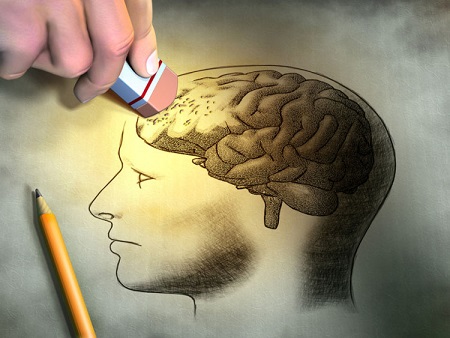Incontinence: Alzheimer´s and Demencia Caregiver Centre
Incontinence: Many people will experience incontinence (a loss of bladder or bowel control) in the later stages of Alzheimer’s andincontinence other dementias.
Alzheimer´s And Demencia Caregiver Centre
There are many causes, as well as ways to help manage incontinence. How you respond can help the person with dementia retain a sense of dignity.

-
Causes
-
How to respond
-
Tips for managing incontinence
Causes of incontinence
Incontinence can be caused by many factors, including an inability to recognize the need to use the restroom, forgetting where the bathroom is located, medications, stress, certain physical conditions, clothing that is difficult to remove and constipation.
If a person with Alzheimer’s or other dementia has recently started to lose control of his or her bladder and bowels, the first and most important step is to determine possible causes.
If incontinence is a new problem, consult with the doctor to rule out potential causes such as a urinary tract infection, weak pelvic muscles or medications.
Consider medical conditions, medication side effects and obstacles that may be causing or contributing to the problem:
Medical conditions that can cause incontinence:
- Urinary tract infection, constipation or prostate problem
- Diabetes, stroke or a muscular disorder such as Parkinson’s disease
- Physical disabilities that prevent the person from reaching the bathroom in time
- Medications and diuretics that can cause incontinence:
Sleeping pills and anxiety-reducing drugs that may relax the bladder muscles
Drinks such as cola, coffee and tea, which can act as diuretics; a diuretic increases urination
Environment and clothing obstacles that can contribute to incontinence:
- Not being able to find the bathroom
- Obstacles on the way to the bathroom, such as furniture or clutter
- Clothing that is difficult to remove

How to Respond
▷ Be Supportive
Reassure the person to reduce feelings of embarrassment. Find ways to preserve dignity. For example say, “Anyone can have an accident” instead of saying, “You wet yourself.”
Be matter-of-fact; don’t scold or make the person feel guilty.
Respect the need for privacy as much as possible.
Do not withhold fluids. This can cause dehydration, which can lead to a urinary tract infection, increased incontinence and agitated behavior. You may, however, want to limit fluids before bed.
Get more help if you are affected by this issue by calling us at 800.272.3900 or join ALZConnected, our online support community where caregivers like you share tips for managing incontinence.
Sign up for our weekly e-newsletter
Receive tips on managing the personal care needs of the person with Alzheimer’s. Also learn how to get support and care for yourself.
▷ Communiate
- Encourage the person to tell you when he or she needs to use the toilet.
- Watch for nonverbal cues, such as restlessness, making unusual sounds or faces, pacing, sudden silence or hiding in corners. These cues may indicate the need to use the toilet.
- Use adult words rather than baby talk to refer to using the toilet.
- Learn the person’s trigger words or phrases for needing to use the toilet. The person may use words that have nothing to do with toileting (e.g., “I can’t find the light”), but to that person, it means going to the bathroom. Communication challenges often increase in the late stage of the disease.
- Some people do well when they are reminded to go to the bathroom on a regular schedule, perhaps every two hours.
▷ Make it easy to find and use the toilet
- Clear the path to the bathroom by moving furniture.
- Keep the bathroom door open so the toilet is visible.
- Make the bathroom standout. For example, place colored rugs on the bathroom floor and lid covers or post a sign of a toilet on the bathroom door.
- Make the toilet safe and easy to use. Raise the toilet seat, install grab bars on both sides, and use nightlights to illuminate the bedroom and bath.
- Consider a portable commode or urinal for the bedroom in case of nighttime accidents.
- Remove plants, wastebaskets and other objects that could be mistaken for a toilet.
- Remove throw rugs that may cause a person to trip and fall.
▷ Tips for managing incontinence
- Watch for nonverbal cues such as tugging on clothing, restlessness, facial expressions, pacing, sudden silence or hiding behind furniture.These cues may indicate the need to use the toilet. Identify when accidents occur, then plan for them. If they happen every two hours, get the person to the bathroom before that time.
- Remind the person to use the bathroom just before his or her usual time. Try setting a regular schedule for toilet use. For example, help the person to the bathroom first thing in the morning, every two hours during the day, immediately after meals and just before bedtime.
- Choose clothing that is easy to remove and to clean.
- Consider using incontinence products, such as waterproof mattress covers, incontinence pads on the person’s bed, padded undergarments or adult briefs.
- Give the person plenty of time in the bathroom to empty his or her bladder and bowels.
- Run water in the sink or give the person a drink to stimulate urination.
- Check the toilet to see if the person has urinated and/or moved his or her bowels.





Leave a Reply